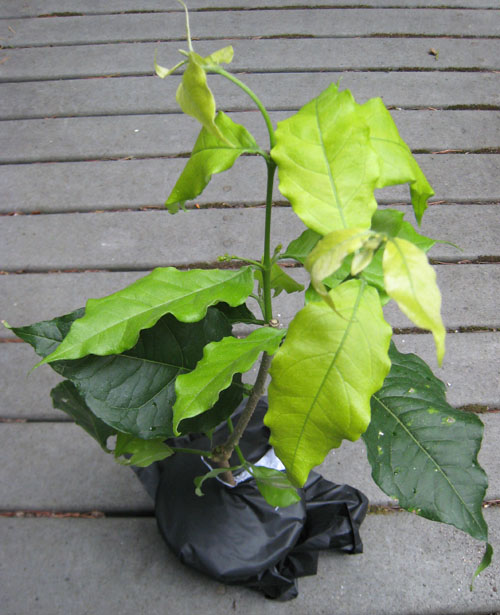Stalking the Wild Yeast with Jack Jenkins (Audio)
We’re speaking with Jack Jenkins, Country Living Grain Mills, who manufacturers and markets grain mills that are hand-powered, bike-powered, horse-powered, wind-powered, water-powered, and even machine-powered! And he sells them around the world. Jack tells us how to tame wild yeast so we can use it to make bread. Listen to how he does it.







